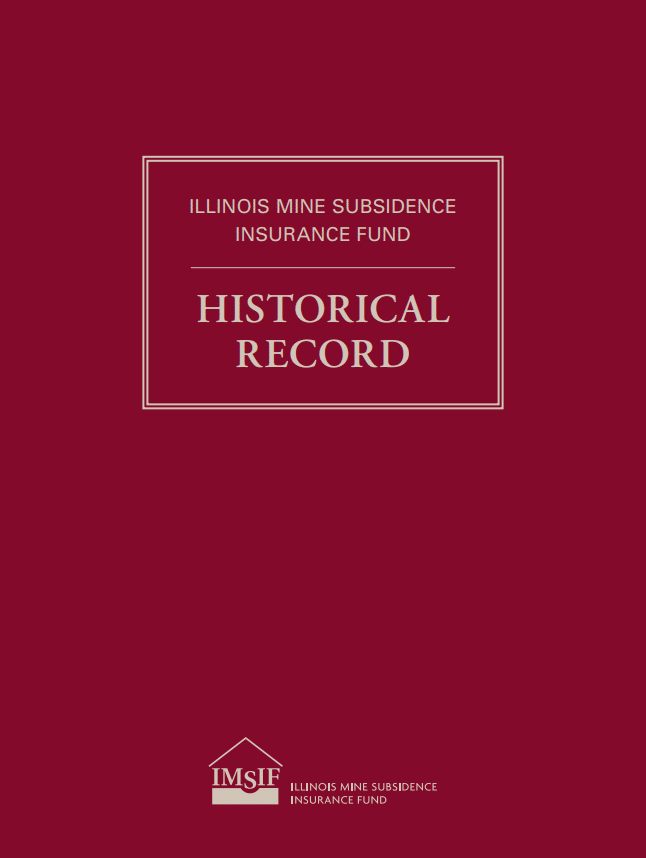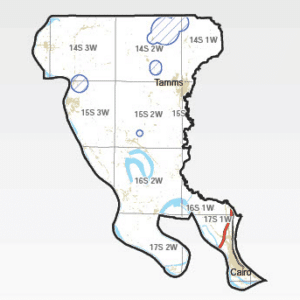History of Fund
History of Fund
Prior to 1979, Illinois residents did not have insurance coverage for damages caused by mine subsidence. Since much of the mining was done decades ago, and many of the mining companies are no longer in existence, homeowners had very few opportunities to recover from the responsible party. Through an Act of the Illinois General Assembly, Illinois became the second state to make mine subsidence coverage available. The Act requires that mine subsidence coverage be offered for residences and commercial buildings in the State by all property insurance companies licensed to do business in Illinois. The statute also created the Illinois Mine Subsidence Insurance Fund (IMSIF), making it the reinsurer for primary insurers that offer the coverage.
The Fund is governed by an eleven member Board of Directors comprised of insurance industry and public appointees. Regulatory oversight is provided by the Illinois Department of Insurance.
For more information on the creation of the Fund, please see the Illinois Mine Subsidence Insurance Fund Historical Record.
The Fund as a Reinsurer
The Illinois Mine Subsidence statute requires all Illinois Class 3 property insurers to make mine subsidence coverage available. The Fund is not a Class 3 property insurer. The Fund provides reinsurance for the property insurers who pay mine subsidence losses.
As a reinsurer, the Fund has a contractual relationship with the primary insurers, not with the consumers who purchase mine subsidence coverage. This is a very important distinction, particularly with respect to the handling of mine subsidence claims.
Once the Fund has determined whether or not a property has been damaged by mine subsidence, the primary insurance company is responsible for administering and supervising the claim in its entirety. The primary insurer may request the Fund to provide technical assistance to identify methods of repairing the damaged property, and to estimate the cost of those repairs. When requested, the Fund provides those services to the primary insurer. The primary insurer may accept, modify or reject the results of that technical assistance. The primary insurer controls the claim valuation and settlement process.

